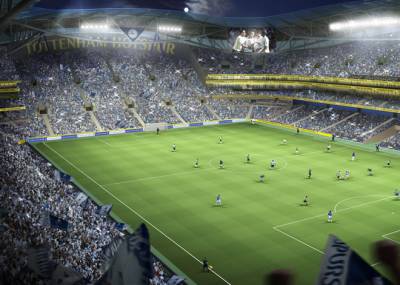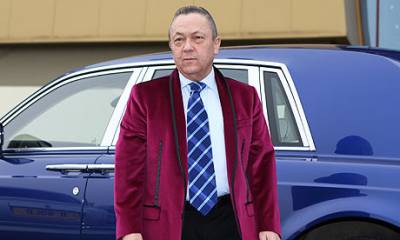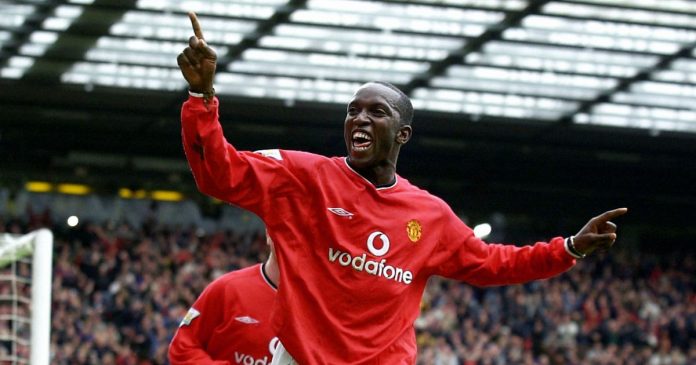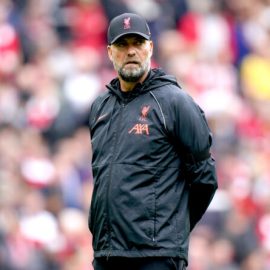‘Twas not so very long (last October, as a matter of fact) when all and sundry in the upper echelons of the Tottenham Hotspur hierarchy were crowing about having submitted their planning permission proposals to Haringey Council to redevelop White Hart Lane into a new 56,000 capacity stadium by turning the current North Stand around and building out into a vacant car-park situated directly behind it.
Ambitions were lofty, and optimism was understandably at a feverish pitch.
The new ‘world class’ stadium (which would be part-financed by flogging the naming rights to the highest bidder) itself would hypothetically boast an impressive 63-row, single tier ‘Kop’ stand that would unify the fans into one unbroken block of supporters but the application also included plans to regenerate the entire surrounding area with public squares, a 150-room hotel, supermarkets, an allotted space for the Tottenham Hotspur Foundation to operate within and 434 box-fresh residential buildings being mooted.
Since then, Spurs have also hedged their bets by officially registering their interest in occupying the new Olympic Stadium in Stratford once the culmination of the 2012 London games renders it one of many vacant £multi-million follies, with chairman Daniel Levy admitting that it would only be ‘prudent and an example of good management’ to ensure that all the potential avenues that currently lie open to the club were fully investigated – leading many to believe that the club were merely covering their collective arses with an Olympic-sized safety net.

In a timely fit of coincidence, on the very same day Spurs also confirmed that they had been granted the planning permission they were seeking from Haringey Council, therefore enabling them to go ahead with their original plans and redraft their current home safe in the knowledge that they had an auxiliary stadium waiting in the wings – or, at least, that’s the way it seemed at the time.
It now emerges that Spurs, along with their corporate partners AEG (the American entertainment conglomerate responsible for relaunching the risible ‘Millenium Dome’ as the highly successful ‘O2 Arena’), are favouring a move to the Olympic Stadium amidst fears that mounting costs could eventually price them out of their plans to regenerate White Hart Lane – with the bubble-bursting final bill now calculated to have spiralled up to somewhere in the region of £400 million (thanks mainly to issues that need resolving with Transport For London and the English Heritage foundation amongst others), despite having to cut down the number of residential buildings they plan to erect from 434 to 200.
All in all, Spurs’ much-vaunted ‘Naming Rights Stadium’ venture is looking like less and less of an attractive proposition on an almost daily basis.

With their focus seemingly now switched to the Olympic Stadium, Spurs will now face co-bidders West Ham in direct competition, who are the only other football club to have registered an official interest before the deadline passed last week.
Hammers’ co-owner David Sullivan has taken the newly-intensified competition with typical good grace, admonishing Spurs for ‘risking riots’ by choosing to fully pursue a move to Stratford;
“It would be such a slap in the face to east London. If it happens, there will be real problems that could easily lead to civil unrest.
I think there could be riots, such is the ill feeling between West Ham and Spurs and I know the police feel the same. I feel very let down by Tottenham. The way they do business is not right.”
West Ham currently remain the favourites to win the bid for the stadium due to their willingness to retain the running track (at the behest of Olympic Park Legacy committee chairman Lord Coe) and their community-centric design plans.
However, AEG executive David Campbell is certain that Spurs remain the most viable commercial option, despite them planning to remove the aforementioned running track upon their arrival;
“[Spurs] have got 35,000 people on a paid-for waiting list. They can fill 60,000 seats. Can West Ham? I don’t know, but I don’t feel as confident as I do about Tottenham.”
We’re not crazy. We wouldn’t do things that we thought wouldn’t be worthwhile in the end. We don’t back losers so I don’t think we will be backing a loser.
We went into a big white elephant [the Millenium Dome] and made it work for the government and work for us. We hope we can do the same here. We can make it commercially viable.”
So there you go, after all their braying and chest-puffing displays of pride over their plans for a new, modern, bells-and-whistles White Hart Lane, it looks as though the perennial ‘nearly men’ of English football may have gone and ‘nearly’ done it again – only this time on a much grander scale than ever before.
Still, I suppose progress is progress.
Add Sportslens to your Google News Feed!






